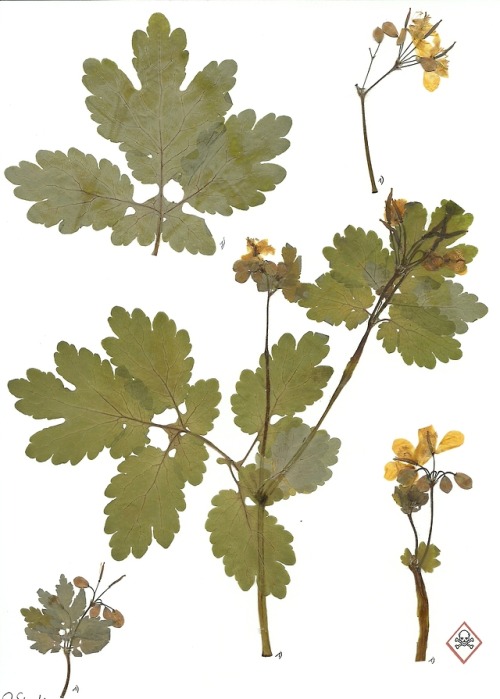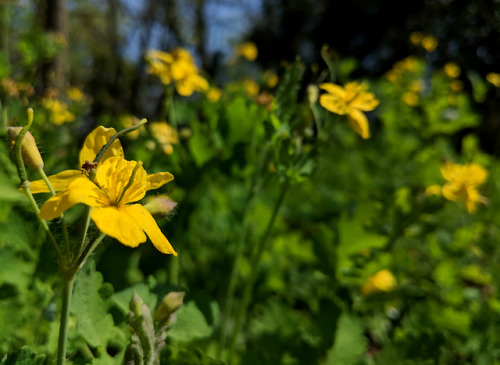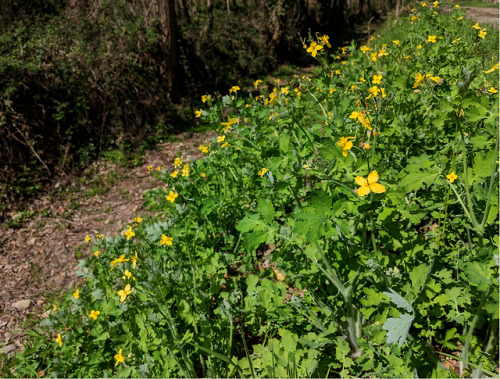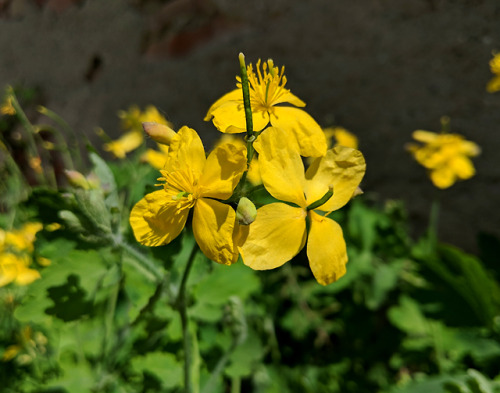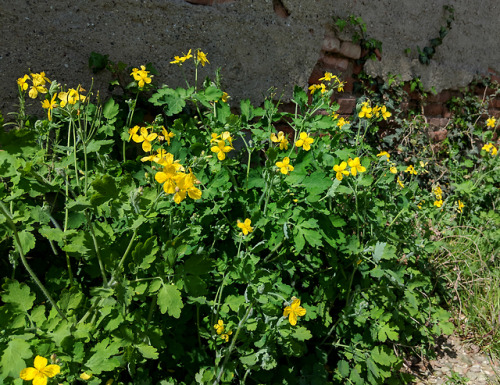#chelidonium majus
Chelidonium majus, Papaveraceae
One of the wildflowers I strongly associate with my childhood and learnt to recognise early, I hadn’t seen so much greater celandine in full bloom in years, but probably I just visit home, in Italy, too late in the summer to enjoy the full show.
This herbaceous perennial from the poppy family, native to the Mediterranean, temperate Europe and Western Asia, has been known and used for its medicinal properties since antiquity, and for that reason it was introduced in many areas outside of its natural range. Although reportedly naturalised around settlements, I still have to spot it here up north in Scotland.
Due to its ability to quickly colonise disturbed sites and the edge of woodland, it can prove rather invasive after introduction. For instance, It seems to be present throughout the north-eastern portion of the US and listed as invasive in Wisconsin.
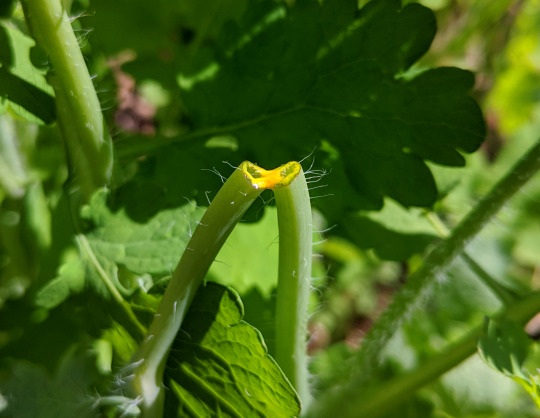
One thing I vividly remember learning as a kid is the traditional use of its yellow latex to “burn” warts and skin cancer and to thin calluses. Please don’t try it though, the latex is an irritant and can cause allergic reactions, while the whole plant is mildly toxic.
Post link


